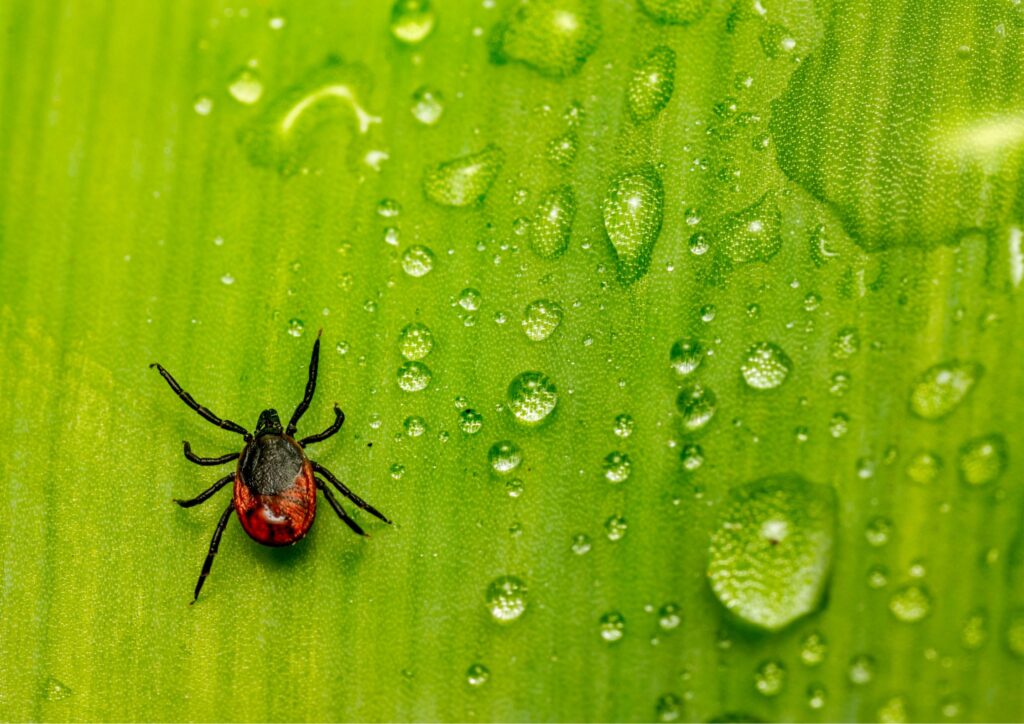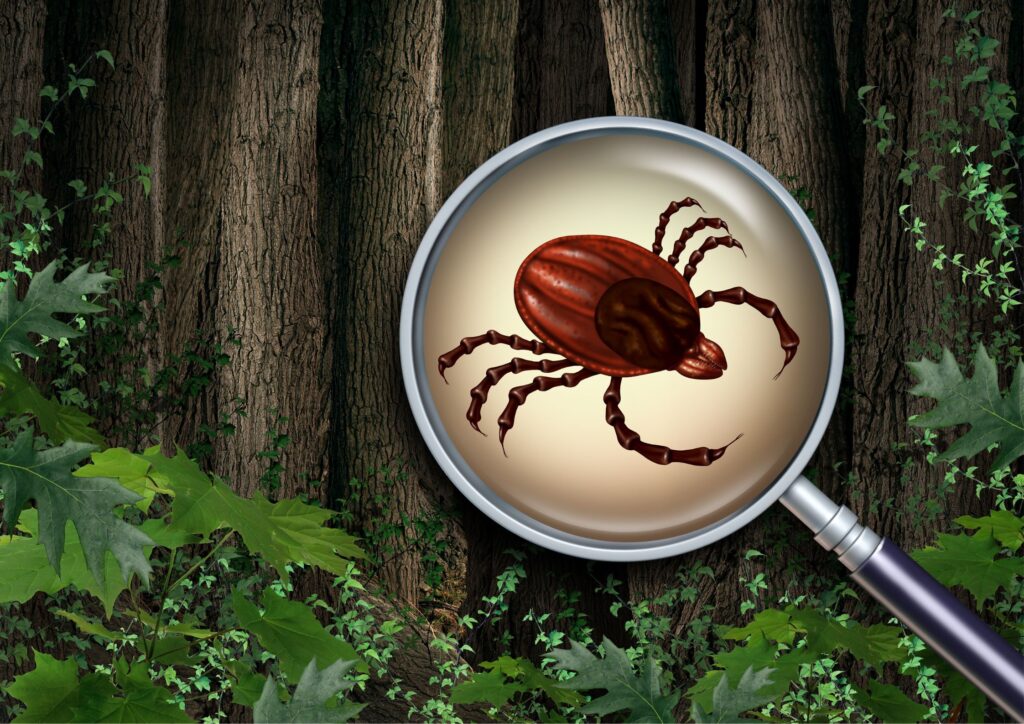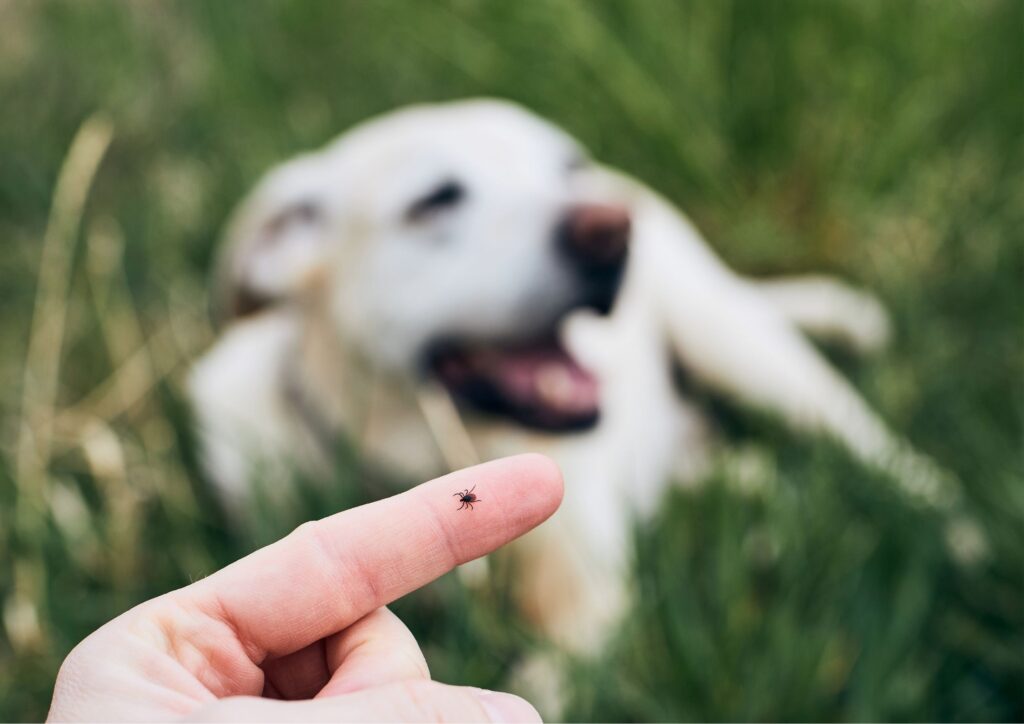How do you protect yourself from ticks? Find out what you need to know
Ticks are some of the most inconspicuous yet dangerous parasites we encounter in our daily lives. Despite their small size, they can pose a serious health risk to both humans and animals.
Ticks are some of the most inconspicuous yet dangerous parasites we encounter in our daily lives. Despite their small size, they can pose a serious health risk to both humans and animals.
Ticks are becoming more active as the climate warms and their feeding season lasts longer. In this article, we explain where they are most common, what diseases they transmit and how to protect yourself effectively against them.

What are ticks?
Ticks belong to the cluster of arachnids. Although they resemble small spiders, unfortunately they bring much more damage. They are external parasites that attack humans and animals, feeding on their blood.
There are several species of ticks in Poland, the most common of which is the common tick. Their favourite habitats are humid environments - primarily forests, meadows, clearings, and also near lakes and rivers. They are also increasingly found in urban areas - such as parks and backyard areas.
Main risks to humans and animals
While sucking blood, ticks can transmit dangerous pathogens into the human body, causing serious diseases.
Ticks can be carriers of, among other things:
- Lyme disease - a bacterial disease, the initial symptom of which is often a characteristic, annular migratory erythema. Untreated Lyme disease can lead to neurological and joint complications.
- Tick-borne encephalitis (TBE) - a viral disease that can lead to encephalitis or meningitis.
- Anaplasmosis - a bacterial disease manifested by fever, muscle pain and weakness.
- Babesiosis - a disease that is dangerous for dogs, although there have been cases in humans. Its symptoms include fever, anaemia and weakness.
Many of these diseases manifest themselves late, making early detection difficult.

How do you protect yourself from ticks?
Prevention is key - proper precautions can significantly reduce the risk of being bitten and infected. Here are proven ways to protect yourself:
- Wear long clothing in areas where ticks may be present - cover your ankles, wrists, neck and head.
- Avoid dense thickets and tall grass.
- Wear light-coloured clothing in tick areas, where it is easier to spot a tick.
- Use repellents - tick repellents available in pharmacies and drugstores.
- When you return from the meadow, forest or park, look at your body.
- Get vaccinated against tick-borne encephalitis.
What to do when you find a tick?
When you see a tick on your body, you must remove it immediately:
- Use a plastic tweezer or a special tick removal tool (available at pharmacies). Metal tools may be too sharp.
- Grasp the tick as close to the skin as possible - by its front part - and pull upwards. Do not twist the tick.
- Disinfect the bite site and wash your hands thoroughly.
- Observe the bite sites for at least 30 days. If skin lesions appear - see your doctor.
Myths about ticks - what not to do
- Do not lubricate the tick with grease, alcohol or other substances, as this can trigger a defensive reaction in the tick and increase the risk of infection.
- Don't burn the tick.
- Do not twist the tick - this can cause the abdomen to detach and leave part of the tick's body in the skin.
Ticks and pets
Ticks are a huge threat to our pets. Both dogs and cats can contract diseases such as babesiosis, which can even lead to the death of the animal.
To protect your pet:
- Use anti-tick products - collars, drops, tablets.
- After walks, inspect your pet's coat and, if possible, skin.
- Remember, too, that if a pet brings a tick into the house it can also attack humans.

Climate change and tick activity
Climate change is having a significant impact on tick activity. Their season of activity runs from March to November, but increasingly warmer winters mean that they can be active almost all year round.
The increase in winter temperatures favours the survival of more individuals, which accelerates the start of the foraging season. In addition, higher humidity and increased rainfall create favourable conditions for ticks to thrive.
As a result, the risk of contact with ticks increases not only in summer, but also as early as early spring and even in winter. Ticks begin to appear in new areas where they were previously rare or absent.



